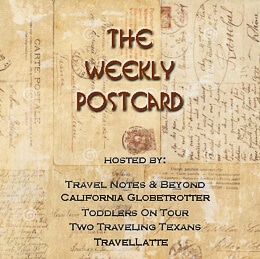1. Fifteen 2. Hi Mum... you're 91! 3. The China Anniversary 4. 25 Years! 5. Keshet 6. Vacuuming and loving it 7. Jessie 8. Swimming and Tennis 9. Ma'ayan and Avinoam 10. Eighteen
Whilst the Jewish people worldwide have already celebrated Chanukah (you can read more about the festival here) and have returned to normal routine, many of you are now celebrating Christmas. Happy holidays to you and best wishes for an amazing year ahead! Thank you so much for taking time out of your daily lives this past year to pop by and see what's happening over here at Handmade in Israel. I hope you will continue to visit in 2019 as I share the coming year's cards, albums and papercuts, and a few of my adventures in Israel.
In 2018 I made customised cards, albums and papercut pictures for Bar and Bat Mitzvahs, weddings, birthdays, anniversaries, new babies and more. As is common at this time of the year, I thought it would be fun to collect together some of my favourite designs from this past year and show them to you once again. Have you spotted your card, album or picture amongst my collections?
A big thank you to those of you who have commented, liked, shared and bought what you've seen on my blog. It is such a compliment to the maker, artist or designer when you buy directly from them. I am always very happy to receive your encouraging comments and support. Thank you for liking what I make.
1. Ella's Album 2. Gabriel's Album 3. Talia's Album 4. Elinor's Album 5. Rosh Chodesh 6. Tehilla's Album 7. Emmy's Album 8. 'Mem' is for Miriam 9. Lucy's Album 10. Amy's Album
I have also visited some interesting places in Israel, which I have shared with you as an occasional travel post. I'm saving my top 10 favourite places for another time. I have enjoyed composing each and every one of my blog posts, and hope you will continue to visit and enjoy them too in 2019, as I share the coming year's papercut designs and a few more of my adventures in Israel.
Don't forget that you can subscribe to my blog, and follow me on Facebook, Twitter and Pinterest. Oh, and please pop by my shop now and then to see what is new there.
Wishing you a wonderful, happy and colourful Christmas, and a safe and exciting start to 2019!
* This post has been shared on Wednesday around the World, Little Things Thursday, Creatively Crafty Link Party, Saturday Sharefest, Saturday Sparks Link Party and All Seasons.
1. Ella's Album 2. Gabriel's Album 3. Talia's Album 4. Elinor's Album 5. Rosh Chodesh 6. Tehilla's Album 7. Emmy's Album 8. 'Mem' is for Miriam 9. Lucy's Album 10. Amy's Album
I have also visited some interesting places in Israel, which I have shared with you as an occasional travel post. I'm saving my top 10 favourite places for another time. I have enjoyed composing each and every one of my blog posts, and hope you will continue to visit and enjoy them too in 2019, as I share the coming year's papercut designs and a few more of my adventures in Israel.
Don't forget that you can subscribe to my blog, and follow me on Facebook, Twitter and Pinterest. Oh, and please pop by my shop now and then to see what is new there.
Wishing you a wonderful, happy and colourful Christmas, and a safe and exciting start to 2019!
* This post has been shared on Wednesday around the World, Little Things Thursday, Creatively Crafty Link Party, Saturday Sharefest, Saturday Sparks Link Party and All Seasons.















































































